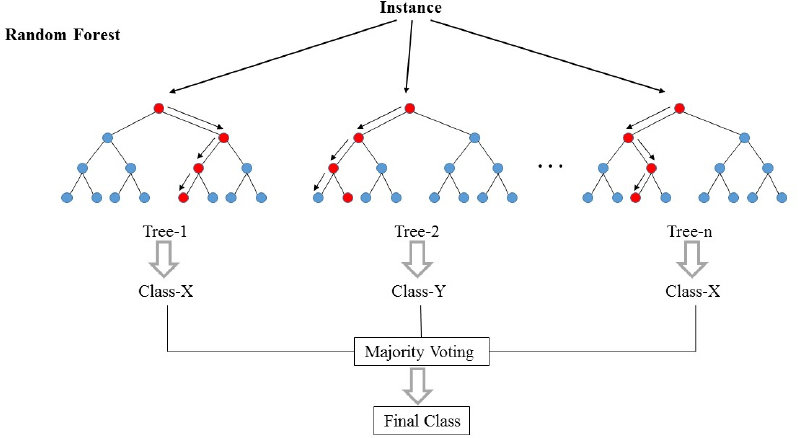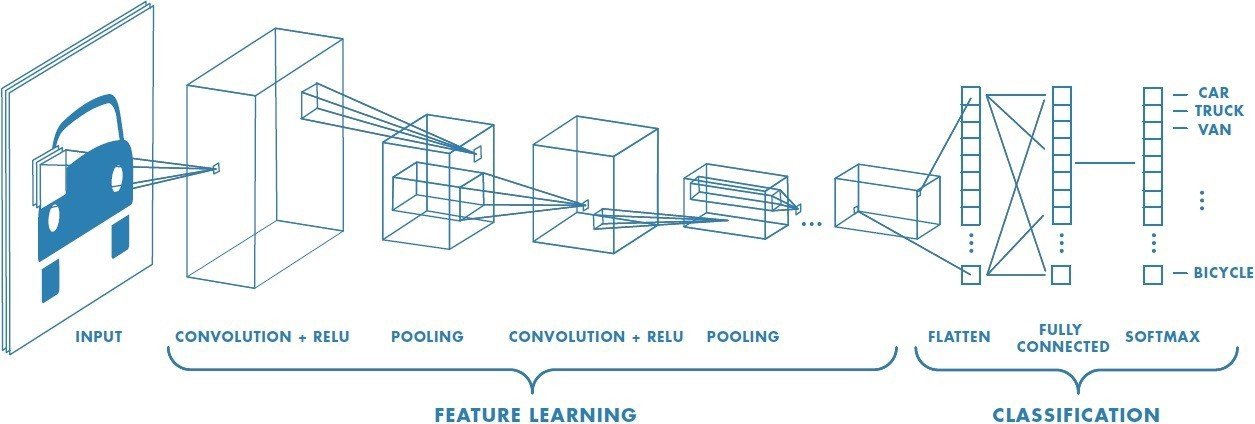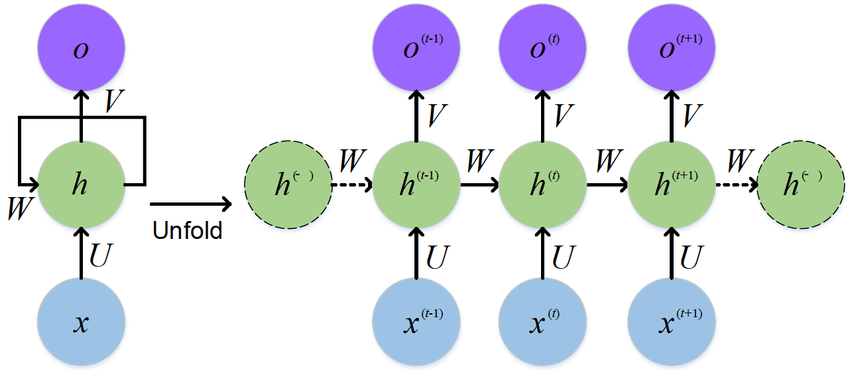Deep & Machine Learning
Presented by :
Soheib BOUDALI

Powered by :
Blactus Technologies
Main points

-
Introduction to AI
-
Machine Learning
-
Deep Learning
-
How to! (steps)
-
Conclusion
Introduction
to AI

Introduction to AI

What is AI ?
Artificial intelligence (AI) is the simulation of human intelligence processes by machines, especially computer systems.
These processes include :
- Learning
- Reasoning
- Self-correction
Introduction to AI

When we should use AI?
Artificial intelligence can be useful when :
- There is no expertise on the problem ex: robot flying on Mars
-
We have the expertise, but we do not know how to explain it into an algorithm
ex: faces recognition
-
Solutions to the problem change over time
ex: weather prediction
-
Solutions must be customized
ex: center of interest
Introduction to AI

AI vs Machine Learning?
ML
DL
AI
Machine
Learning


Machine Learning
What is ML ?
Machine Learning is a field of AI based on :
- Neural Networks
- Logic / Probability
Kinds of machine learning
Supervised
Unsupervised
Reinforcement

Machine Learning
Supervised : Neural Network


Machine Learning
Supervised : Decision trees


Machine Learning
Supervised : Random-forests


Machine Learning
Supervised :
-
Bayesian network
-
Support vector machine
-
K-NN
- Time Series Forcasting

Machine Learning
Unsupervised :
Internal cohesion
External insulation
- K-Means
- K-Medoids
- CLARA

Machine Learning
Reinforcement :
Desired
Behaviors
Undesired Behaviors
Rewards
Penalties
Deep
Learning


Deep Learning
" Modern problems require modern solutions "

Deep Learning
Auto encoder


Deep Learning
Convolutional Neural Network (CNN)


Deep Learning
Recurrent Neural Network (RNN)

How to!
(steps)


How to! (steps)
DATA
Preprocessing
Test &
Evaluation
Hyperparameters tuning

How to! (steps)
Data Preprocessing
-
Data Collection
-
Data Analytics
-
Data Visualization
-
Data Cleaning
-
Data Standardization
-
Features Extraction
-
Data Decomposition

How to! (steps)
Hyperparameters tuning
- Optimizer
- Number of hidden layers
- Number of neurons in hidden layers
- Number of epochs
- Batch size
- Learning Rate
- Early stoping

How to! (steps)
Test & Evaluation
-
Validation loss visualisation
-
Test loss Visualisation
-
HyperParameters tuning
-
User Experiences

Conclusion
THANKS !

Questions !
Machine learning
By Soheib Boudali
Machine learning
- 144



